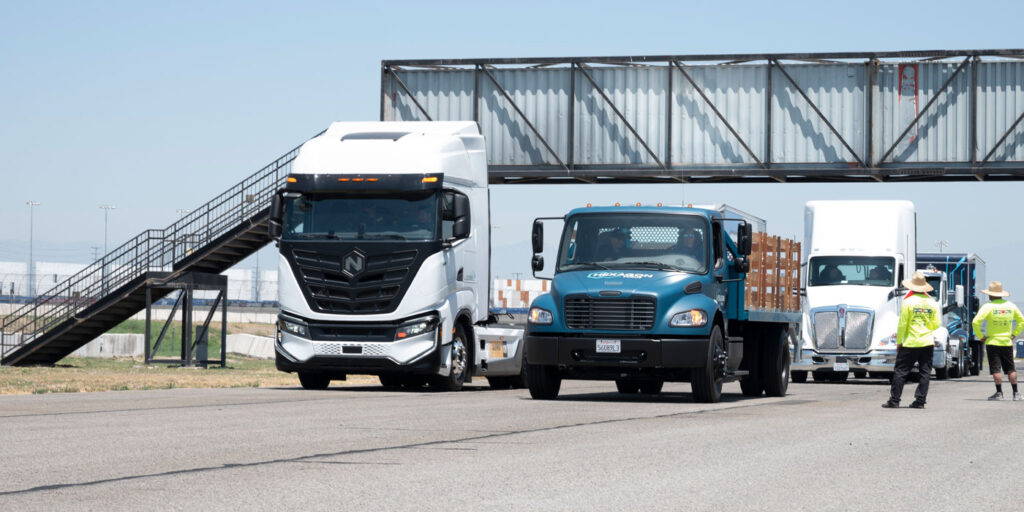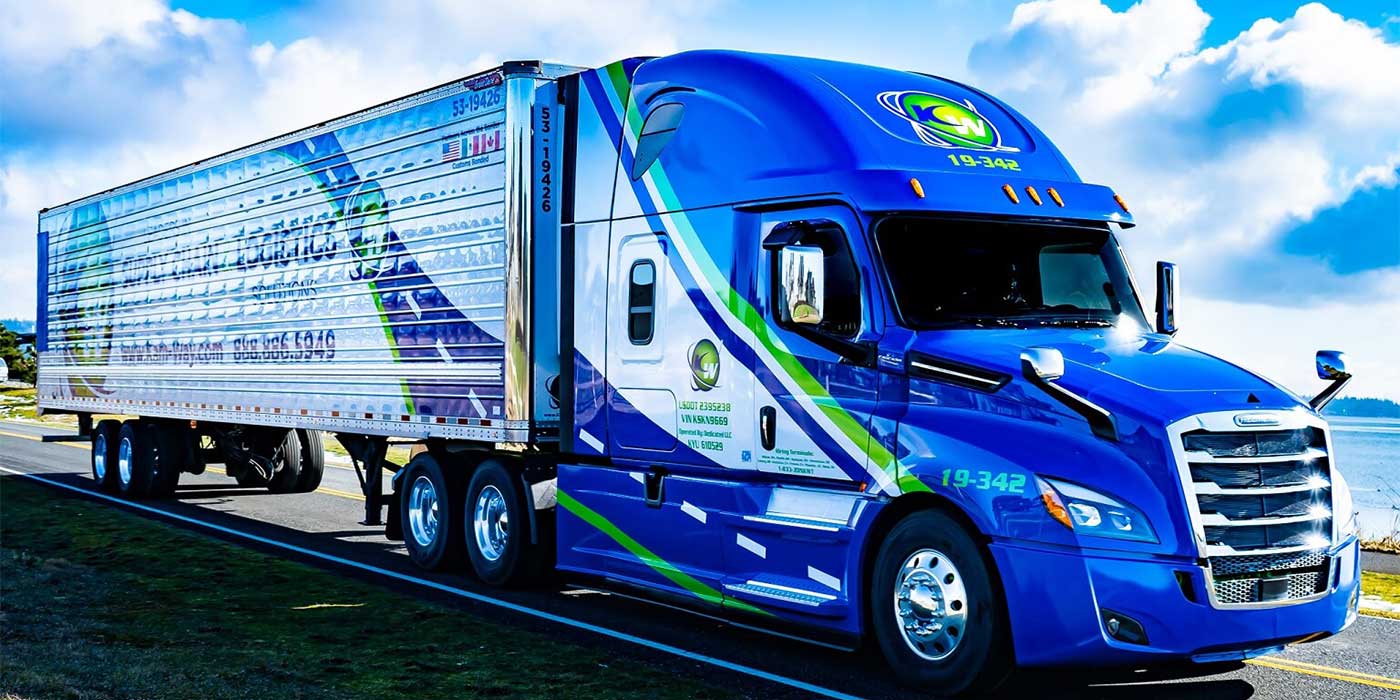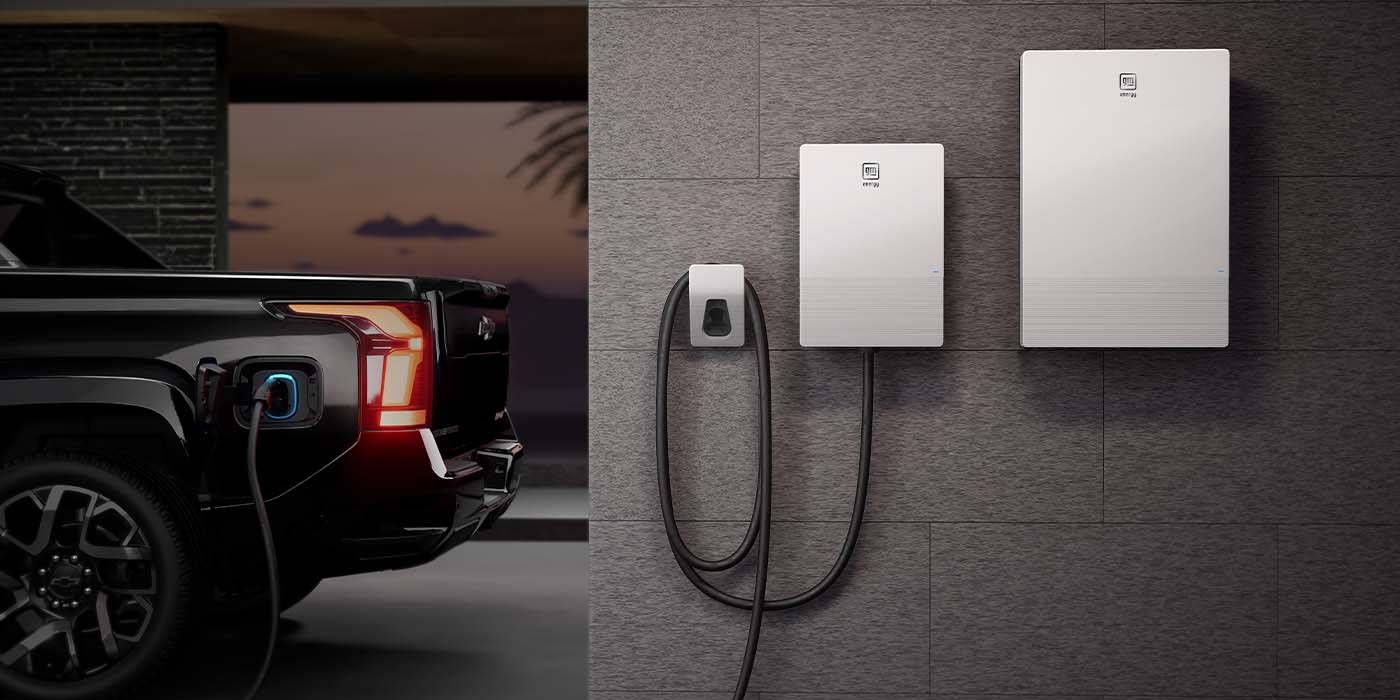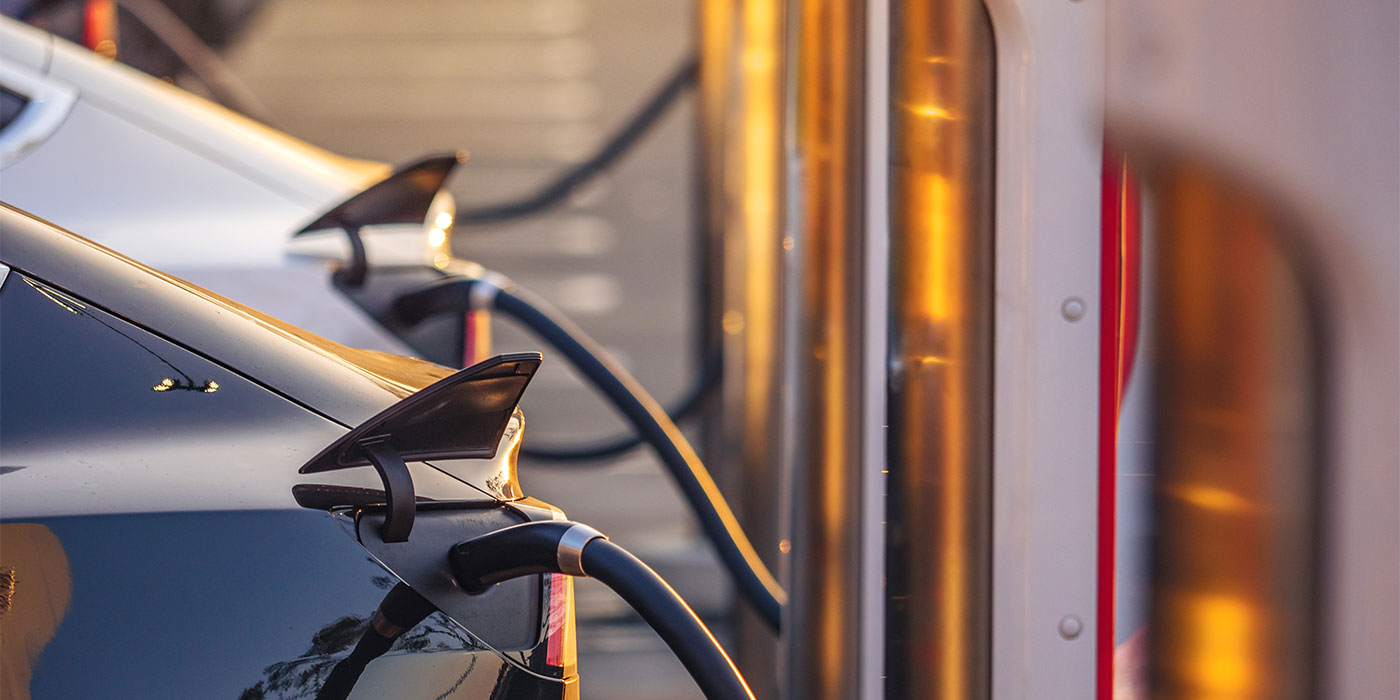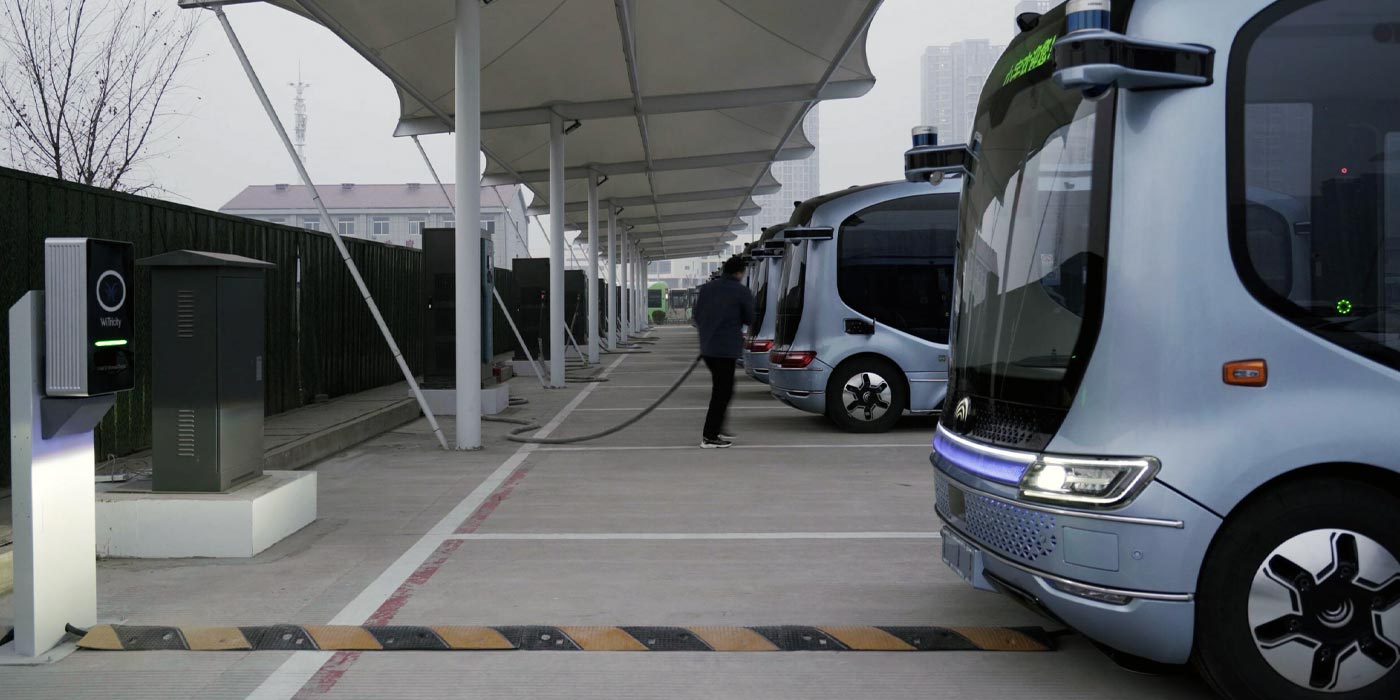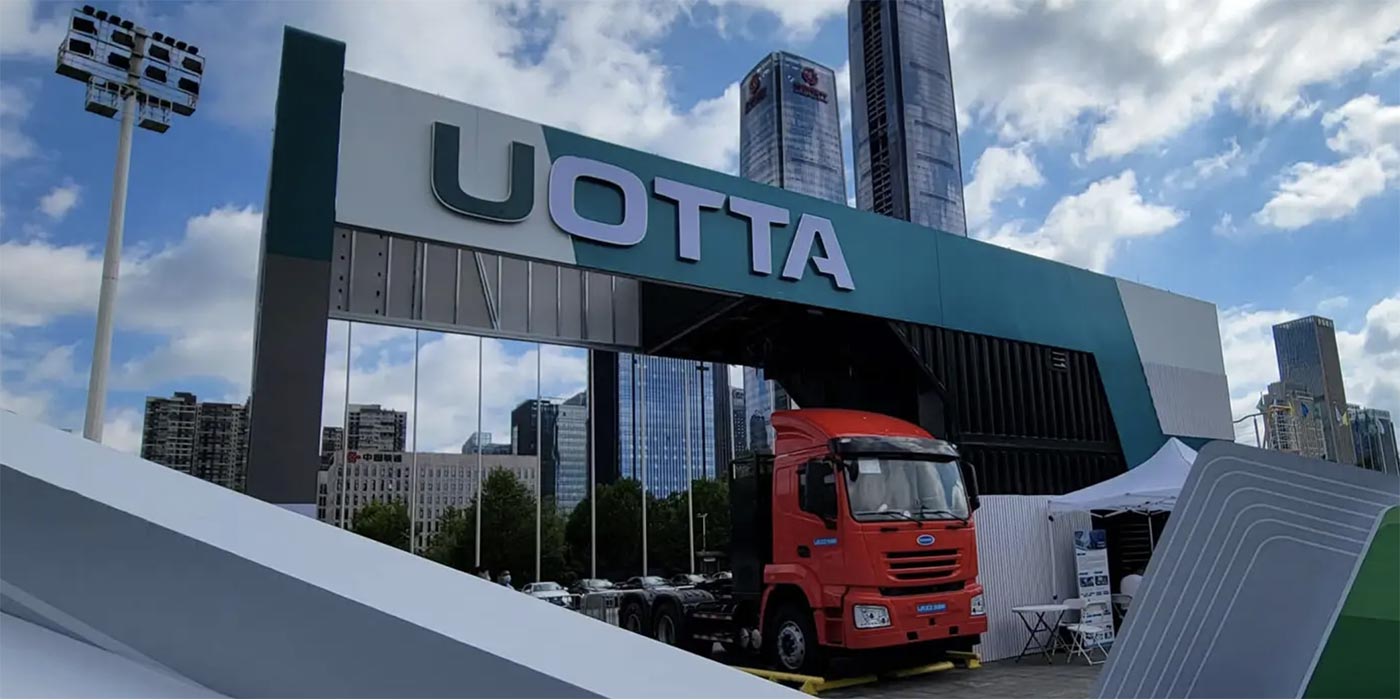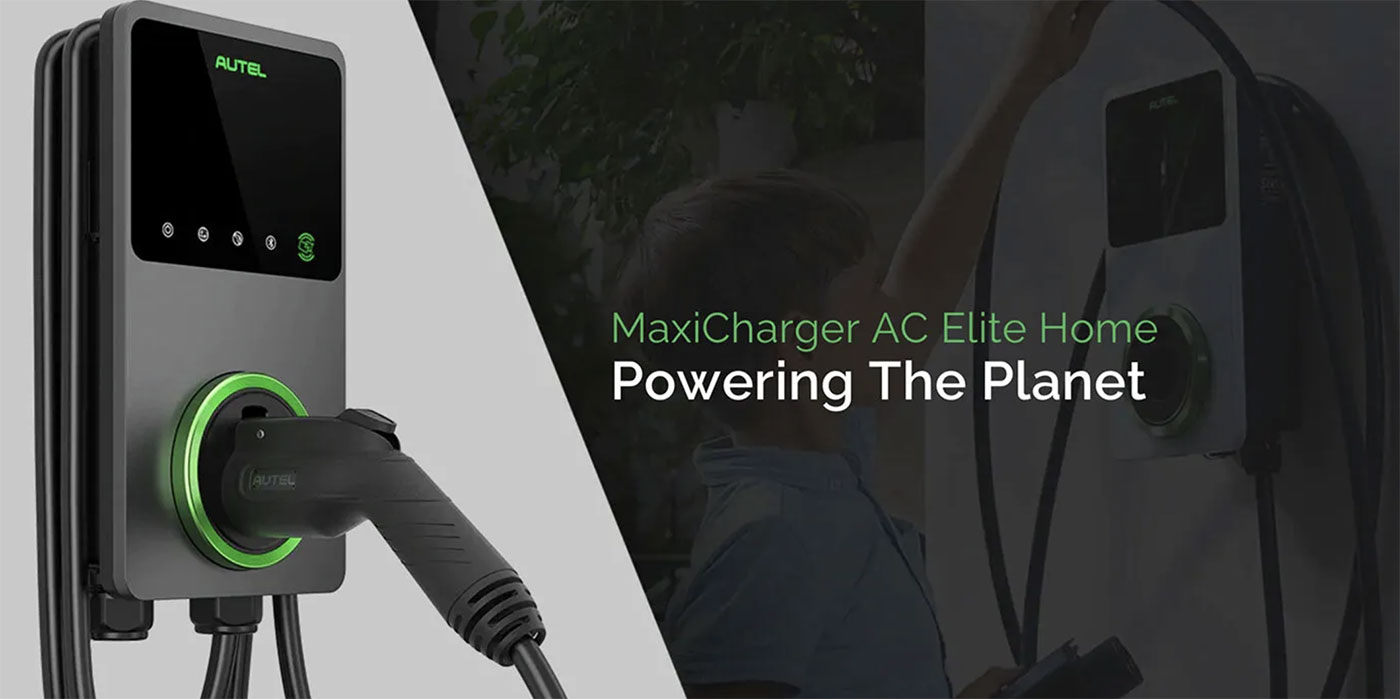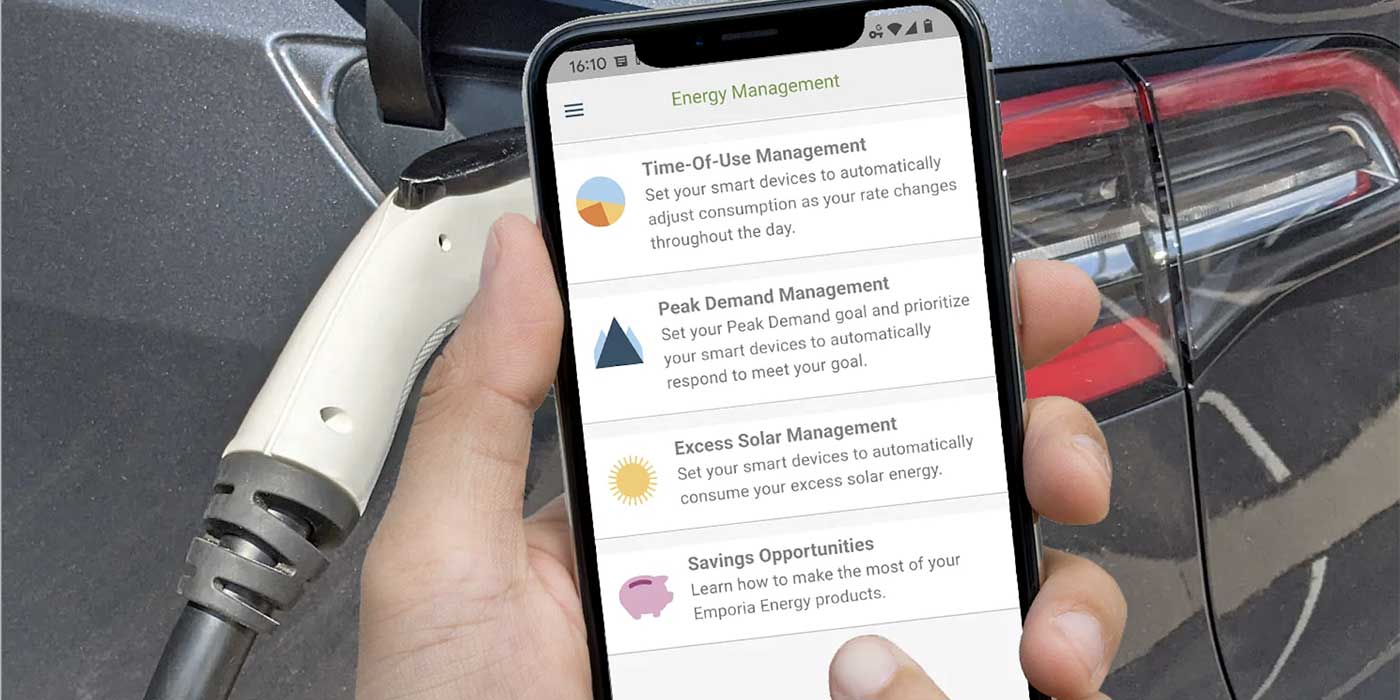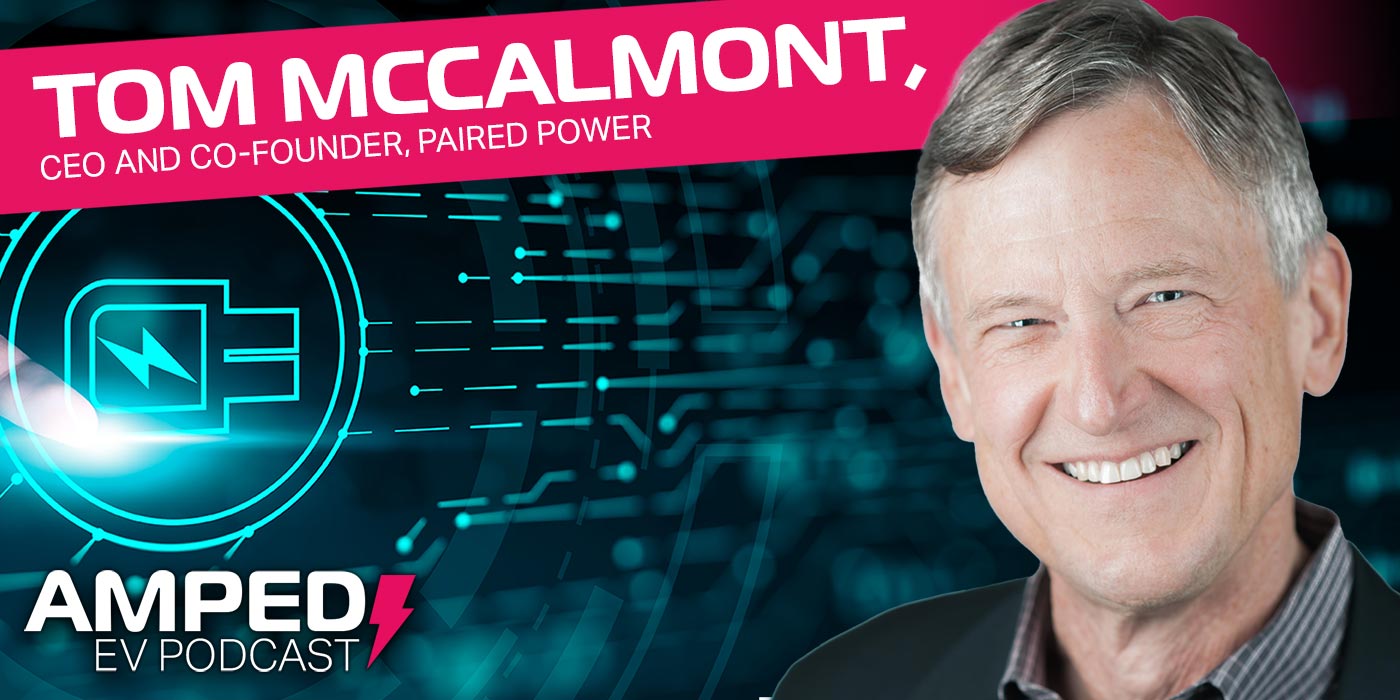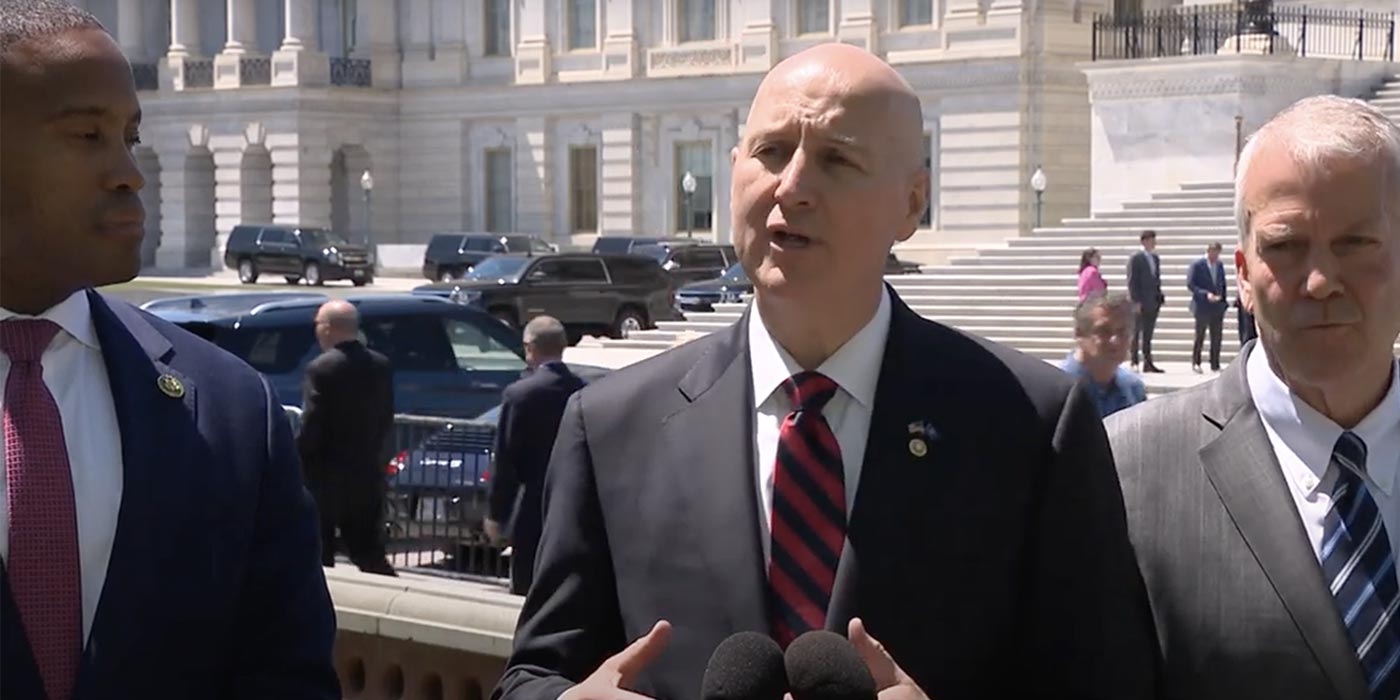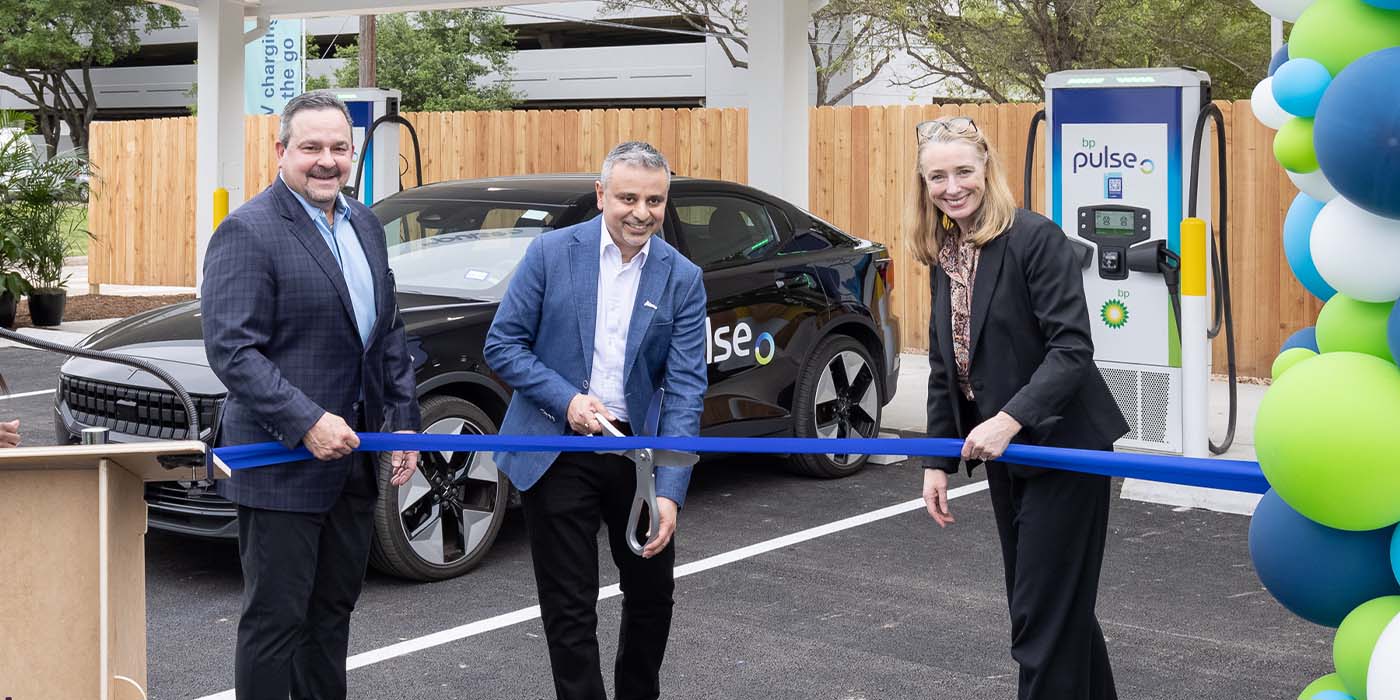CALSTART recently applauded the Biden Administration on the unveiling of the National Zero-Emission Freight Corridor Strategy. The strategy prioritizes a phased-in approach and has taken into account the speed at which electric charging infrastructure can be built at scale, marking a significant step forward in the transition to zero-emission medium and heavy-duty vehicles (ZE-MHDVs), CALSTART said.
By prioritizing launch areas based on industry concentration, funding levels, policy support, energy cost and grid readiness, CALSTART said the strategy directs implementing agencies to consider realistic technology adoption and market dynamics where increasing the use of commercial zero-emission vehicles (ZEVs) could be spurred by the economic and targeted buildout of necessary infrastructure. The company said the strategy is based on a buildout around freight and trucking return-to-base depot infrastructure, regional hub-to-hub corridors and national network nodes.
“The National Zero-Emission Freight Corridor Strategy sets a clear pathway for accelerating the adoption of zero-emission medium- and heavy-duty vehicles, which is in line with stringent Phase 3 vehicle standards,” Trisha Dello Iacono, head of policy at CALSTART, said. “We commend and support the federal government for embracing a phased-in approach, which will not only expedite deployment but also optimize infrastructure investment, foster collaboration, and drive innovation and job creation in the transportation and freight sectors.”
CALSTART said the strategy also aligns with key recommendations outlined in its roadmap, Phasing in U.S. Charging Infrastructure. In its roadmap, CALSTART added it developed a model for how the U.S. can implement a national buildout of infrastructure at the scale and speed necessary to support rapid adoption of ZE-MHDVs by initially targeting priority areas through waves of increasing commercial ZEV usage. By prioritizing a phased-in strategy, buildout begins in hubs in key clusters, then along corridors in critical regions and finally in network nodes to create a national framework. These phases grow from major hotspots of commercial vehicle usage where ZE-MHDV use cases are generally well-established and expand into a national network of widely adopted freight travel supported by a connected system of electric charging infrastructure, CALSTART said.
CALSTART projected the infrastructure needed to support ZE-MHDV adoption rates aligning with targets set by the Global Memorandum of Understanding on Zero-Emission Medium and Heavy-Duty Vehicles (Global MOU). The analysis demonstrates that a phased-in approach to medium- and heavy-duty charging infrastructure, focusing on favorable launch areas, can effectively manage distribution grid upgrades and maximize utilization, the company said.

